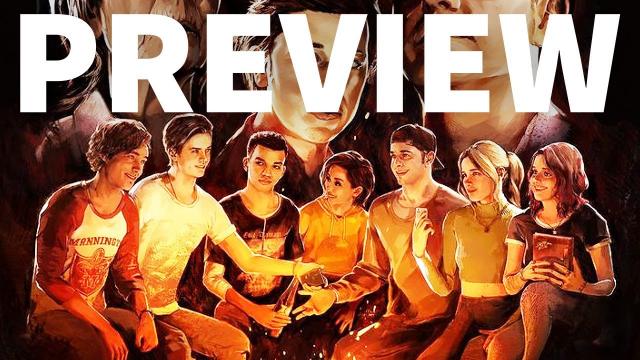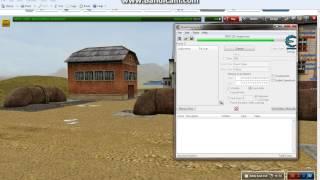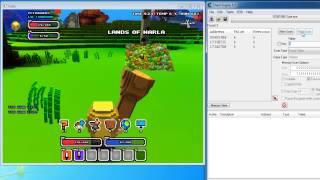Diablo 4 Hands-On Preview
Description
Diablo 4 is quick to differentiate itself from its predecessors in almost every way, while intelligently iterating on new series staples with ideas that put freedom of play at the center.
#gaming #Diablo4 #gamespot #TheGameAwards
From the moment I took my first steps onto the frigid mountaintops outside the city of Kyovashad in Diablo IV, it was clear that Blizzard was serious about responding to some of the complaints of Diablo III. While Diablo III contrasted pops of bright colors against the grotesque horrors of the world, Diablo IV is immediately more oppressive and dire in its presentation. Its hues are muted and gray, its world uninviting and harsh, its stories seemingly primed to expose the worst parts of its characters. And yet, it doesn't seek to leave everything of its former entry behind. In many ways, this early slice of Diablo IV offered a good sense of how most of the mechanical changes introduced in Diablo III, and more recently Diablo Immortal, have been smartly iterated on to maintain exciting action with the satisfaction of flexible character construction.
Atmosphere is just one facet where Diablo IV is immediately distinct from the series' previous entry. I's approach to class builds was divisive, with the far more streamlined approach to ability choices stifling creativity in some cases. Diablo IV rectifies this in some smart ways, while still retaining approachability. The skill tree is made up of distinct nodes, with each one splintering outwards with numerous abilities and associated upgrades. Investing points anywhere in the skill tree works towards unlocking the next node and more abilities, giving you flexibility in how you reach each one. Each node usually offers options for a variety of builds specific to your class. For my Sorceress, each node usually featured a new ability for Frost, Fire, or Lightning builds, with ones further down sometimes swapping out options for one element for passive abilities instead. I was limited to just the first 25 levels in this version of the game (the final release will have a level cap of 100), but even with that limitation I found myself constantly looking to find ways to refine my skill choices between tough fights.
Being able to easily respec is core to the freedom that Diablo IV is designed to give players. At any point you can choose to use gold to refund points spent on a specific ability, or redo your skill tree entirely. There's no special merchant you need to visit, or scarce resources you need to gather. While the cost is still being iterated on, game director Joe Shely explained in an interview that this decision was made to encourage players to personalize their builds throughout their time with the game.
It's easy to think of this system as an intersection of Diablo II and III. While the former offered a detailed way to build some complex classes, it was overly strict with being able to take back early game decisions, limiting you to just a single respec per campaign. Diablo III, conversely, took away most of the choice entirely, handing out abilities linearly and only really allowing you to make some choices (albeit limited ones) near the end of your first campaign. With Diablo IV's approach, you can enjoy experimentation without the fear of looking into choices that might have undesired ramifications hours down the line. I found early on that the combination of Frost spells I had chosen weren't working for strong, single enemies, and it was easy enough to entirely redefine my build after reloading a checkpoint. A few hours later, it was just as easy to switch entirely to a Lightning-based build and experiment with a whole other side of the skill tree, which injected a satisfying new kick into the familiar action role-playing combat that still looks and feels great.














